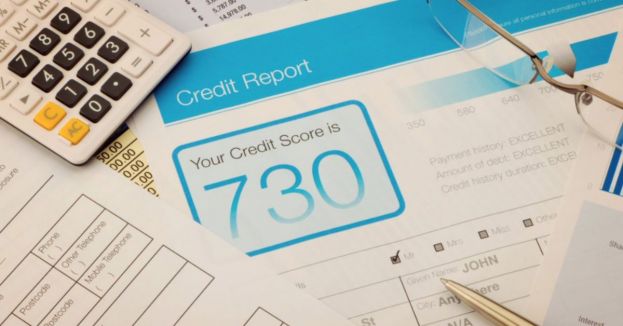After Allyson Ward’s birth to premature twins left her $80,000 in debt, she borrowed from relatives, worked extra shifts, and delayed paying back student loans.
These are only two of the millions of stories, as more than 100 million Americans, or 41% of adults, now deal with higher medical debt than ever before, a current Kaiser Health Network-NPR investigation discovered. The number is significantly higher than a prior estimate of 23 million Americans who hold medical debt.
The investigation showed an even more sobering landscape than expected, because of the debts that patients accumulate alternatively from loans from family and on credit card balances, alongside the traditional payment methods. Almost 25% of Americans have medical debt that they are unable to pay or is past due, 10% are in debt to a family member or friend, and almost one in five adults with medical debt responded they will never be able to pay it off, a report from the Kaiser Family Foundation report discovered.
WATCH: SPEAKER JOHNSON CALLS ON COLUMBIA UNIVERSITY PRESIDENT TO RESIGN![]()
One key reason medical debt is so pervasive nationwide is that half of Americans cannot afford an unplanned $500 healthcare bill, a statistic correlating with a February finding that a comparable number cannot tolerate a $500 emergency expense.
WATCH GREAT ANALYSIS: THE ABSURDITY OF ANTI-ISRAEL PROTESTS![]()
Dr. Rishi Manchanda, who serves on the nonprofit RIP Medical Debt board, states, “Debt is no longer just a bug in our system. It is one of the main products. We have a health care system almost perfectly designed to create debt.”
A CRYING SHAME: PRO-PALESTINIAN PROTESTS FORCE USC TO CANCEL PRIMARY GRADUATION EVENT![]()
The poll discovered those with lower education and income levels were more likely to have higher medical debt, as 57% of Americans with household incomes under $40,000 report having medical debt. Higher incomes are not immune from the problem either, as only over a quarter of those earning more than $90,000 report having debt. Furthermore, the survey discovered that 24% of all adults hold medical debt of $5,000 or more.
AMERICA'S BIRTHRATE CONTINUES TO PLUMMET - ARE MILLENNIALS TRADING DIAPERS FOR DEGREES?![]()
Men carry less medical debt than women, with 34% of men reporting they hold medical debt compared to 48% of women. And the rise in medical debt spares no region nationwide. Almost half of adults in the South, alongside 41% of adults in the Midwest, 35% of adults in the West, and 35% of adults in the Northeast, have medical debt. The percentages of people with medical debt stand at more than 20% in the nations of Dallas, Bexar, and Tarrant in Texas, while a respective 17.6% and 15.6% carry medical debt in Clark County, NV, and Maricopa County, AZ, the counties home to Las Vegas and Phoenix.
REPUBLICAN SENATORS EXPOSE DARK SIDE OF 'FOOD DELIVERY' ECONOMICS![]()
Medical debt has forced Americans to make hard choices to pay off outstanding balances. The Kaiser survey discovered that 63% of indebted adults had been forced to cut back on spending for the essentials, and almost half, 48%, of indebted adults have been forced to use up all or most of their savings. Furthermore, 28% of indebted adults have had to delay education or purchase a home, and 17% of indebted adults have been forced to declare bankruptcy due to medical debt.
ARE THERE MORE? 'GILGO BEACH' MURDERS CASE EXPANDS WITH NEW SEARCH![]()
Perhaps most shocking, the Kaiser survey discovered that one in seven people with medical debt had been denied access to medical care at a doctor’s office or hospital because of their outstanding debt.
HARVEY WEINSTEIN'S CONVICTION OVERTURNED IN NEW YORK! WHAT'S NEXT FOR THE DISGRACED MOVIE MOGUL?![]()
With medical debt deepening in the United States, Dr. Kuljit Kapur, chief medical officer at Transitions Hospice, says the problem does not come with easy fixes. Kapur explained, according to Newsmax, “Medical debt is difficult to calculate given its hidden nature, but is pervasive, disproportionately affecting low income and minority populations. Subsequently, patients are more likely to delay or skip medical care to avoid debt accumulation. While there is no easy solution, access to health services that are equitable, preventative, and federally supported for those with low income, is a starting point.
Certainly, a system to direct medical care into the home should be prioritized to decrease the burden to the patient and payors.”







 Discover alternative ideas that will make you think
Discover alternative ideas that will make you think Engage in mind bending debate
Engage in mind bending debate Earn points, rise in rank, have fun
Earn points, rise in rank, have fun


